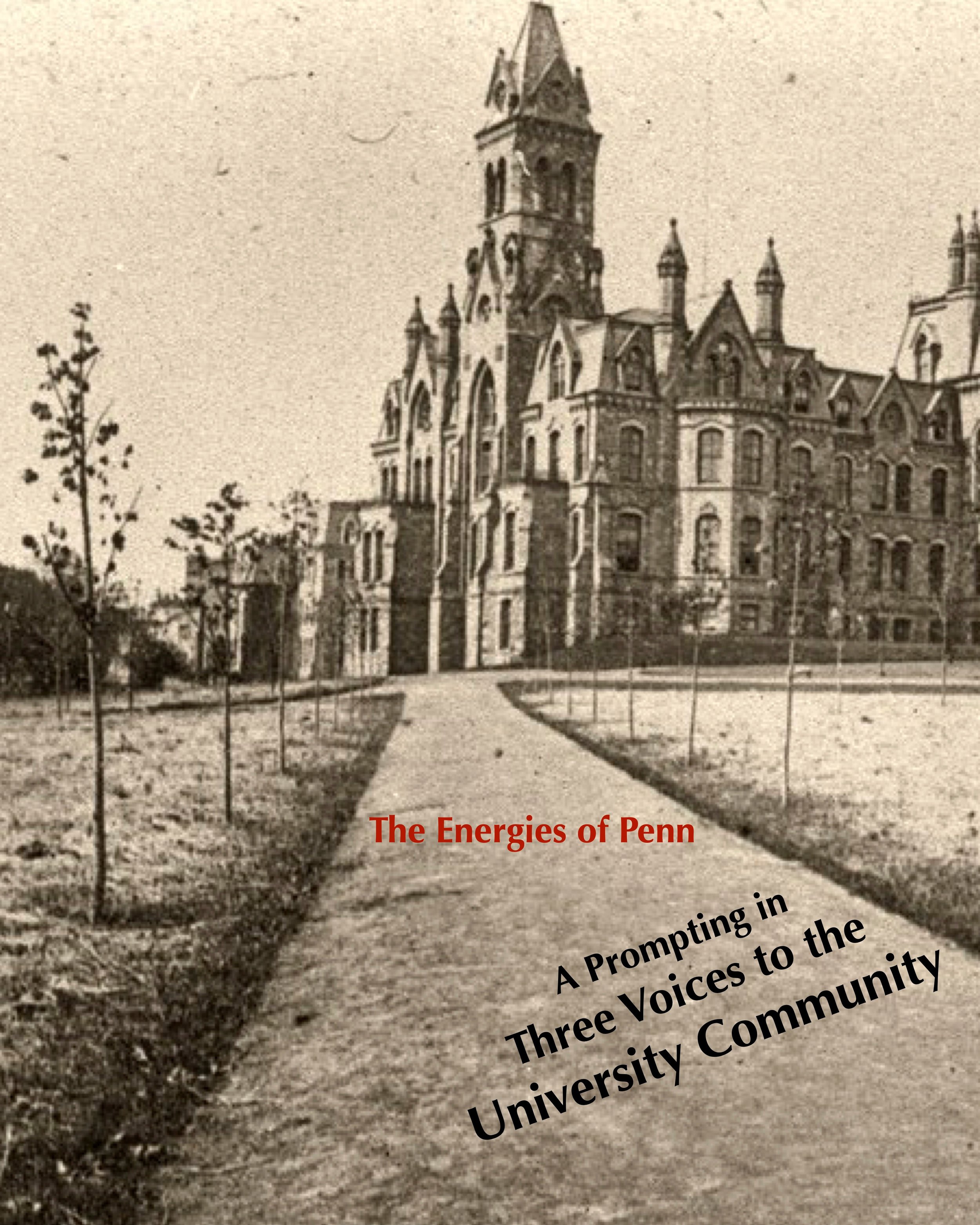Digital works
“America’s First Petrochemical Corridor” (digital history website in progress)
Fossil fuel powered the making—now the unmaking—of the modern world. As the first fossil fuel state, Pennsylvania led the United States toward an energy-intensive economy, a technological pathway with planetary consequences. The lower Schuylkill River in southwest Philadelphia bears the scars of being America’s first petrochemical corridor. Knowing this damaged landscape is key to understanding Philadelphia’s place in world. A forthcoming GIS-based website, accompanied by encyclopedia entries, will explain the modern history of the lower Schuylkill, including its legacy oil refineries and gas works. This collaborative website, to be hosted by Penn Libraries, with support from the Price Lab for Digital Humanities, will be a valuable resource for city planners, high school teachers, and local residents and activists.
Philamonuments (website showcasing student work, January 2022)
The 2020 protests about memorial statues in Philadelphia and across the country exposed this truth: Arguments about the past are ideas about the future. Over fall semester 2021, a group of Penn juniors and seniors studied histories and legacies of the American memorial landscape. Despite the strain of Covid times, they formed a temporary community, and did compelling work as part of my course HIST 164, “American Monuments: Designs for the Future.” In their research, students focused on Philadelphia landscapes—past, present, and potential—including Penn’s own campus.
The Energies of Penn
A visual adaptation of my 2023 lecture “Penn, Fossil Fuel, and the History of the Future”—an attempt at reckoning with the University’s historical record on climate, environment, and sustainability. This compendium of words, images, and data visualizations is designed for the greater Penn community, especially students and alumni.
Restoring Greatness to Utah
Utah’s main population corridor, the Wasatch Front, could more properly be called the Wasatch Oasis, a land of lakes as much as mountains. But Utahns have largely turned their backs on the history and ecology of Utah Lake and Great Salt Lake, not to mention the geoheritage of ancestral Lake Bonneville. The valleys below the ancient shorelines have become showcases for improvident land use. Utah’s strong sense of place lacks a complementary ethic of place.
In Restoring Greatness to Utah—a sort of manifesto—I describe a once-and-future Salt Lake City affiliated with its namesake lake. I argue that Utahns will become better stewards of historic landscapes as well as better builders of urban habitats if they work from the bottom up, and turn from the lofty to the lowly. Historic maps, documentary photographs, and artistic imagery accompany this 12,000-word essay from 2014.
The Image of Mormons
A visual anthology of 700+ depictions of Latter-day Saints, including historic anti-Mormon propaganda as well as more recent public relations images promulgated by the LDS Church. Other than headings and citations, this curated picture book contains practically no text. It was designed so that teachers can easily extract material for lectures and primary source assignments.
Mormons in the Media
My outline history of Mormonism from the “Restoration” by Joseph Smith to the “Mormon Moment” starring Mitt Romney, with special attention given to Utah Mormons in the US public sphere. Written for a general audience in the year of the 2012 presidential election, this e-book includes more than 500 illustrations.



